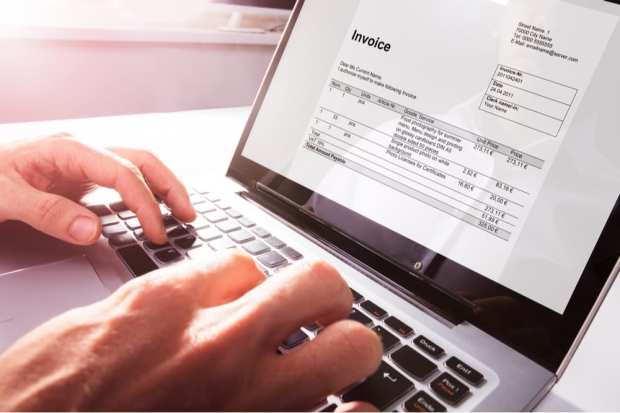Attempted Check Fraud Spiked 43 Pct. In Two Years

An uptick in check fraud has financial institutions considering whether they should update methods and stop using checks, according to a report Wednesday (Jan. 15) by The Wall Street Journal.
Check fraud, or the attempt to perpetrate it, has gone up from $8.5 billion in 2016 to $15.1 billion in 2018. Also, it makes up 60 percent of all attempted fraud against U.S. bank deposit accounts, according to a survey released by the American Bankers Association.
The times that the fraud was successful make up $1.3 billion, or 47 percent of fraud losses in banks. That’s up from $789 million in 2016. Debit card fraud totals 44 percent of losses, or $1.2 billion.
“It has been the fastest-growing fraud at our bank,” said David Frady, an executive vice president at Gulfport, Miss.-based Hancock Whitney Bank.
While the fraud is bad for banks, it does provide an opportunity for banks to educate on other ways of processing payments.
“This helps our clients understand why the electronic route can reduce risk and improve efficiency,” Frady said.
Checks are easier to commit fraud with because they have a lot of information on them, they can be forged or even stolen. They’re still the most popular form of payments between businesses, according to a survey of treasury and finance professionals by the Association for Finance Professionals.
A lot of companies keep using checks because it takes a lot of resources for systems to process payments electronically, and it’s not easy to convince other partners in business to start using electronic payments either.
A car dealership in California called Hansel Auto Group has been trying to stave off check use for years, according to Robin Helms, the company’s finance chief.
Currently, about 33 percent of its disbursements every month are settled by check.
“There are a lot of stubborn businesses that want to operate with checks,” Helms said in a WSJ interview.
